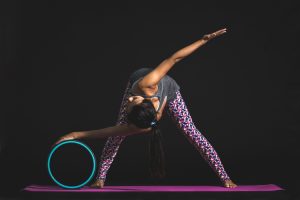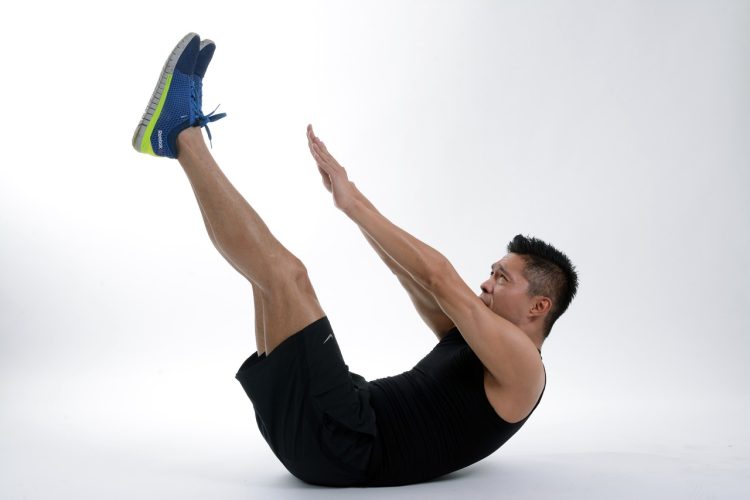Are you looking to improve your health and fitness, but find it challenging to make it to the gym or pay for a personal trainer? Well, the good news is that you can create a weekly workout plan for beginners at home that can help you achieve your fitness goals. In this article, we will provide you with a beginner’s guide to creating a weekly workout plan at home.
Understanding the Benefits of Working Out at Home
Before we dive into creating a weekly workout plan at home, it is essential to understand the benefits of working out at home. Some of these benefits include:
- Flexibility to workout at any time of the day
- Convenience of not having to travel to a gym
- Cost savings on gym memberships and personal training sessions
- Privacy and comfort of working out in your own space
Setting Your Fitness Goals

The first step to creating a weekly workout plan for beginners at home is setting your fitness goals. What do you want to achieve with your fitness journey? Is it to lose weight, build muscle, improve cardiovascular health, or increase flexibility? Once you identify your fitness goals, you can create a workout plan that aligns with your objectives.
Designing Your Weekly Workout Plan for Beginners
Now that you have set your fitness goals, it’s time to design your weekly workout plan. Here’s how you can go about it:
Step 1: Choose Your Workout Days
Decide on how many days per week you want to work out. It’s important to start slow and gradually increase the number of workout days as you build your stamina. A good starting point is three days per week.
Step 2: Pick Your Workout Type
There are different types of workouts that you can do at home, including cardio, strength training, and flexibility exercises. Based on your fitness goals, choose the workout type that suits you the most.
Step 3: Create Your Workout Routine
Once you have decided on the workout type, it’s time to create your workout routine. Plan out what exercises you will do on each workout day, including the number of sets and reps for each exercise.
Step 4: Track Your Progress
Keep track of your progress by logging your workouts. This will help you identify areas where you need to improve and celebrate your progress.
Tips for Sticking to Your Weekly Workout Plan for Beginners
Creating a weekly workout plan is one thing, but sticking to it is another. Here are some tips to help you stay on track:
- Find a workout buddy who can keep you accountable
- Set realistic goals that are achievable
- Mix up your workouts to prevent boredom
- Reward yourself after achieving your fitness milestones
Conclusion
Creating a weekly workout plan for beginners at home is an effective way to achieve your fitness goals while enjoying the convenience of working out in your own space. By setting your fitness goals, designing your weekly workout plan, and sticking to it, you can transform your health and fitness journey.
FAQs
- What are the benefits of working out at home?
- Some benefits of working out at home include flexibility, convenience, cost savings, and privacy.
- How often should I workout per week?
- It’s best to start slow and gradually increase the number of workout days as you build your stamina. A good starting point is three days per week.
- What types of workouts can I do at home?
- You can do different types of workouts at home, including cardio, strength training, and flexibility exercises.
- How can I stick to my weekly workout plan?
- You can stick to your weekly workout plan by finding a workout buddy, setting realistic goals, mixing up your workouts, and rewarding yourself after achieving your fitness milestones.
- How can I track my progress?
- You can track your progress by logging your workouts. Keep a record of the exercises you do, the number of sets and reps for each exercise, and any notes about how you felt during the workout. This will help you see how far you’ve come and identify areas where you need to improve. You can also use fitness tracking apps or wearable devices to monitor your progress and set reminders to stay on track. Remember, tracking your progress is an essential part of achieving your fitness goals and staying motivated along the way.






